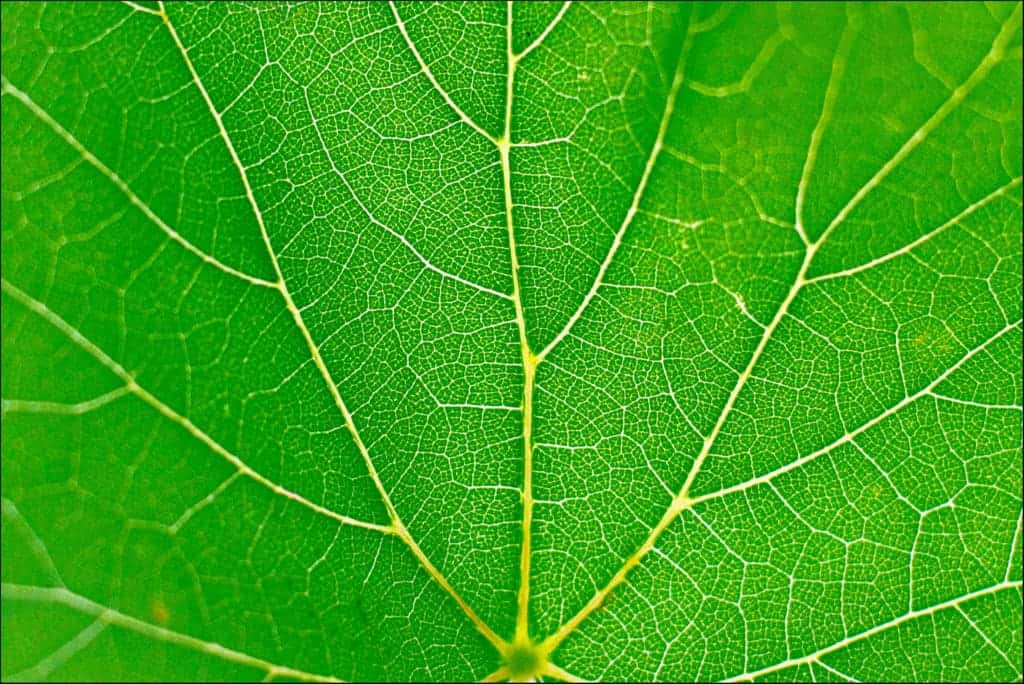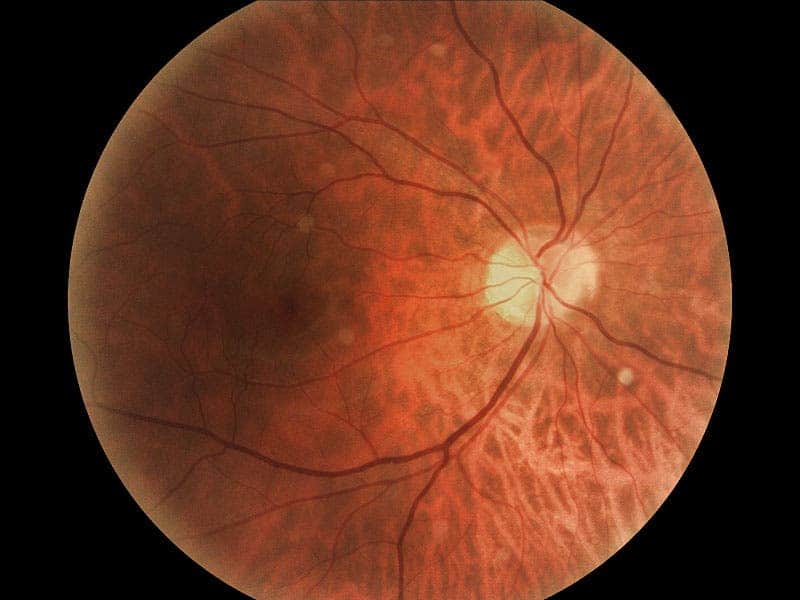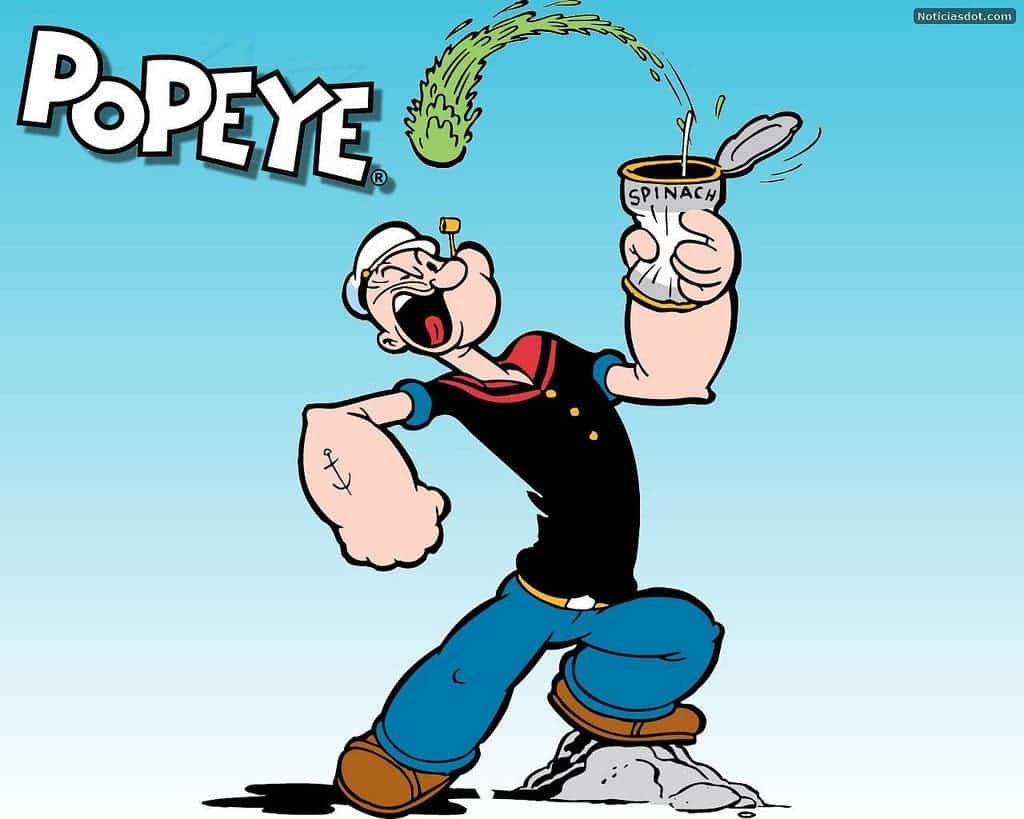Many more people need organ transplants than there are donors available. In the USA alone, more than 100,000 patients are waiting for an organ at any given moment. On average 22 people die every day while waiting for an organ or tissue. Researchers are currently developing methods to grow organs in the lab to make them available for donor-less patients. Human tissue has been grown successfully in the lab. However, one major set-back is that full tissues or organs need a circulatory system that delivers blood and nutrients into the developing tissue. Without a circulatory system, the transplants are limited to a very small size.
The network of blood vessels is so complex that it cannot be bioengineered, not even with 3D printing. A multidisciplinary research team turned to plants, more specifically spinach, to solve this problem. Plants and animals, of course, have very different ways of transporting fluids and other substances but surprisingly, the structure of the transportation tubes is actually very similar. Humans blood vessels and plant veins both have a branching design and the veins of a leaf stripped of plants cells could act as a scaffold for human heart cells. Indeed, the researchers were able to successfully growing beating heart cells on the decellularized spinach leaf.


How?!
The researchers used a detergent to strip spinach leaves of all of their plant cells. Just the cellulose that forms the vascular structure of the plant remained intact. Cellulose is compatible with the human body and promotes wound healing. This structure was used as a scaffold to grow human heart cells. The heart cells were healthy; they beat and could handle calcium. The researchers flowed liquids and microbeads that are similar in size to human blood cells through the leaf’s veins. The veins were able to transport them. In the future, many spinach leaves could be used to grow multiple layers of healthy heart muscle to treat patients suffering from heart attacks. Some leaves could function as arteries (from the heart) and some as veins (to the heart).

Future directions
Other decellularized plants could be used to grow other types of human tissue. The research team successfully removed the cells from other plants, parsley, sweet wormwood, and peanut hairy roots. Different types of plants probably work better for growing different types of tissue. The spinach leaf is probably better for growing tissue with lots of veins, like cardiac tissue. The cylindrical hollow stem of jewelweed could be better to grow arteries. Wood could be useful in engineering bones due to its strength and geometries.

Added bonuses of this plant scaffold are that it’s cheaper and better for the environment than synthetic materials. It can be made with the patient’s own cells so that it is compatible. However, it is not sure yet how the transplant will be integrated into the human circulatory system and whether there would be an immune response. More work needs to be done before it can be used in actual transplants. In any case, this new advancement that is a creative fusion of human and plant biology.
Journal reference: Joshua R. Gershlak et al. 2017. Crossing kingdoms: Using decellularized plants as perfusable tissue engineering scaffolds, Biomaterials.
Was this helpful?



